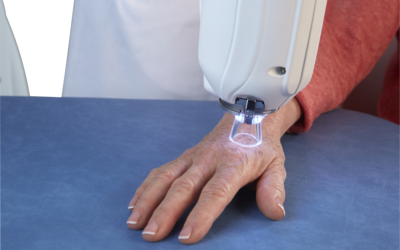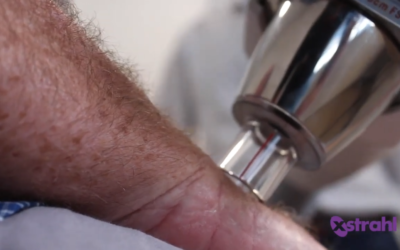
Cutaneous squamous cell carcinoma (cSCC) is the second most common form of skin cancer and arises from abnormal growth in the squamous cells of the skin’s outermost layer due to cumulative exposure to ultraviolet radiation. Without treatment, cSCC can be life-threatening and even fatal.
Radiation therapy is one of the oldest available treatments for skin malignancy and modern techniques enable the definitive treatment of non-melanoma skin cancers. Superficial radiation therapy (SRT) uses X-rays, or photons, to stop mitosis in rapidly dividing cells. As the radiation only penetrates to just below the skin’s surface, SRT is ideal for selected cutaneous malignancies, particularly when surgery is not feasible.
In their paper “Lessons learnt from an apparent lack of clinical response following superficial radiation therapy of cutaneous squamous cell carcinoma” Gerald B Fogarty, Amy Ziebell, Stephanie Nicholls, Kerwin Shannon and Roger Haddad present two cases of cSCC in two medically unfit patients treated with SRT.
These two cases of cutaneous squamous cell carcinoma in medically unfit patients demonstrate that sterilization of the treated area can occur despite a lack of clinically apparent response. Clinicians need to be aware of this phenomenon in order to avoid unnecessary salvage surgery. The paper suggests that resolving lesions be carefully observed, with salvage treatment reserved in the event that resolution stops.






